Adverse Possession: Acquiring Property Rights through Occupation
Adverse possession is a legal concept that allows individuals to acquire ownership of another person’s real property by occupying and using it openly and continuously for a specified period of time. This process can result in the extinguishment of the true owner’s rights.
In this blog post, we will delve into the requirements, acts that amount to adverse possession, necessary documents for submitting a claim, exemptions and qualifications, disrupting an adverse possession claim, and what to do if a claim is made against your land.
What is Adverse Possession?
Adverse possession is the process by which one can acquire title to another person’s property without compensation by holding it in a manner that conflicts with the true owner’s rights for a specified period of time. It extinguishes the true owner’s title to everything above and below the surface of the property.
Requirements for Adverse Possession
To establish adverse possession, three main requirements must be met:
- Time Limitation: In Victoria, possession of the land must be for a minimum of 15 years. Non-use of roads, reserves, or easements requires evidence of 30 years to issue the title free from encumbrance.
- Actual Possession: The applicant must prove actual possession that is open, peaceful, and without the consent of the owner. Intent to act as an owner is crucial, irrespective of the true owner’s knowledge. Abandonment of possession before the expiry of the limitation period forfeits the right to claim adverse possession.
- Intention: The party seeking adverse possession must prove intention to possess the land. Factors such as fencing, payment of rates, and objective acts of possession can demonstrate intention. Possession pursuant to a license, lease, or grant from the true owner is inconsistent with the intention to possess the land.
Acts that Amount to Adverse Possession
Several acts can evidence possession, including enclosure/fencing, occupation by residence/building, leasing the property, planting trees/crops or running livestock, and payment of rates and taxes. The absence of some acts does not necessarily disprove possession, as each case is judged based on its circumstances.
Required Documents for a Claim
To submit an adverse possession claim, various documents are required, including an application for a vesting order, a statutory declaration attesting to occupation of the land, disinterested witness statutory declarations, previous owner’s statutory declarations or assignment of possessory rights, rating evidence, plan of survey, and solicitor’s evidence.
Adverse Possession on Torrens Land
For Torrens Land, the Registrar may make an order vesting the land in an applicant if the documentation covers the necessary issues. Requisitions by the Registrar may require additional statutory declarations.
Adverse Possession on General Law Land
Claims on General Law Land are made under Section 15 of the Transfer of Land Act 1958. Documentation should include a survey plan, search of title, Legal Practitioner’s Certificate, and evidence of possession.
Exemptions & Qualifications to Adverse Possession Claims
Adverse possession claims are generally not applicable against Crown land, rail tracks, water authorities, council land, and common property under an Owners Corporation. Specific legislation exempts these types of land from adverse possession claims.
Disrupting an Adverse Possession Claim
The true owner can stop time running by ejecting the possessor, rejecting the possessor’s acts of possession, or instituting proceedings to recover the land. However, caution must be exercised to comply with the applicable laws.
What to Do If a Claim is Made Against Your Land
If a claim is made against your land, contact our office to have on of our property lawyers guide you through the process of acquiring land or defending someone bringing an adverse possession application against land that you own.
Written by Tom Keightley, Director


